May 16, 2025 | 16:38 GMT +7
May 16, 2025 | 16:38 GMT +7
Hotline: 0913.378.918
May 16, 2025 | 16:38 GMT +7
Hotline: 0913.378.918
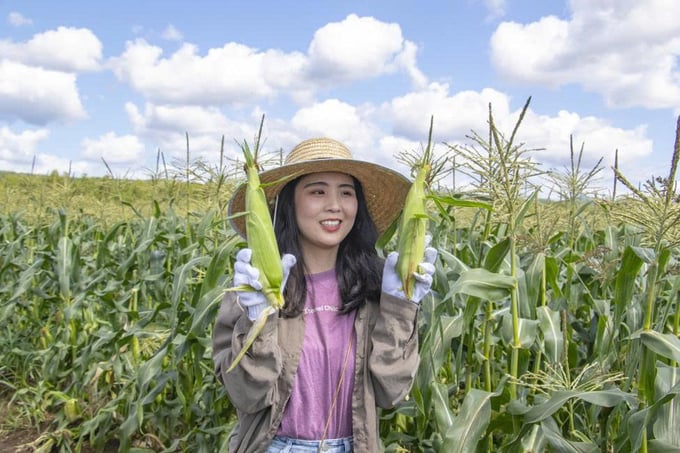
Tourists harvest agricultural products in Hokkaido. Photo: Kkday.
In countries with developed agricultural sectors, rural tourism is becoming a strong trend. Rural tourism not only plays a role in increasing income for locals but also helps preserve cultural values, protect the environment, and promote sustainable development. However, each country has different approaches to addressing the challenges faced by rural areas, particularly the issues of an aging population, declining birth rates, and the decline of rural areas.
According to a report by the Japan National Tourism Organization (JNTO), in 2020, Hokkaido welcomed more than 5 million rural tourism visitors, with an average spending of around 20 million yen annually from agricultural tourism.
The development of rural tourism has created over 50,000 jobs for local people, contributing to the sustainability of the rural economy. After the Covid-19 pandemic, the number of international visitors to Hokkaido remained among the top 5 prefectures attracting international tourists, with over 2 million visitors in 2023. Notably, 40% of international tourists participated in agricultural tourism activities and stayed on farms in Hokkaido. So, what are the reasons behind the great success of Hokkaido’s agricultural tourism?
At first glance, it might seem that Hokkaido is blessed by nature. While the winters here are colder than in other regions, hot springs and the Sapporo Snow Festival attract many visitors. The Sapporo Snow Festival in February 2023 alone saw 2 million participants. However, upon deeper analysis, we realize that if rural Hokkaido had only relied on its natural advantages to exploit tourism, it would not have been able to achieve and maintain such success.
Hokkaido, with its vast area and cool climate, stands out with its rice fields, flower gardens, and beautiful rural landscapes. Rural tourism in Hokkaido has become an important part of the rural economy, not only attracting tourists but also helping sustain and develop rural community life.
When visitors experience real-life farming in Hokkaido, they not only participate in activities such as harvesting potatoes, strawberries, and corn, but also gain an understanding of the hard work and dedication of farmers in maintaining sustainable agriculture. Farm Stay, a model where visitors stay at farms, is popular in Hokkaido. Here, tourists live with farming families, participate in daily activities such as animal care, harvesting crops, and learn about organic farming. This not only provides visitors with an authentic rural experience but also creates opportunities for farmers to earn additional income from tourism. Importantly, this model is operated entirely by the farmers themselves, without external intervention.
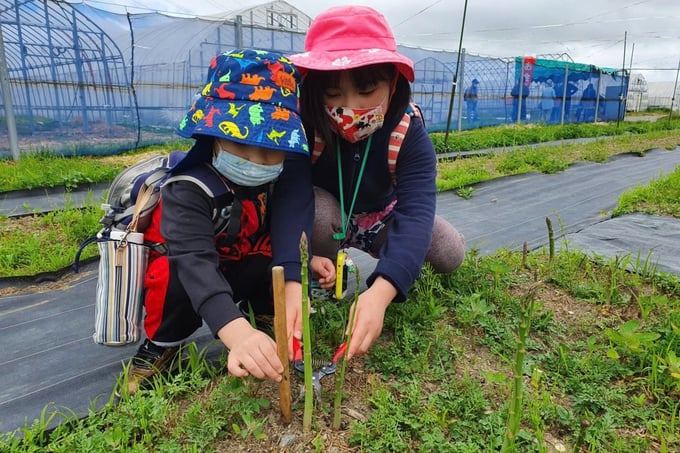
Children explore an asparagus farm in Hokkaido. Photo: Visit-hokkaido.jp.
A key feature of rural tourism in Hokkaido is its focus on utilizing community strength to tackle rural challenges, such as aging populations and declining birth rates. Rather than relying on labor from large cities, Hokkaido uses rural tourism to stimulate the local economy, create job opportunities for residents, and retain the workforce in rural areas. This approach is significantly different from South Korea, where, to sustain rural areas, the government depends on seasonal labor from Southeast Asian countries such as Vietnam, Thailand, and Cambodia.
Moreover, many policies in Hokkaido support farmers and small businesses, encouraging the maintenance of sustainable agriculture and the development of local products such as cheese, fresh milk, and potatoes. This creates a closed loop, helping sustain the development of rural areas.
South Korea is also a country that has strongly developed rural tourism, particularly in recent years with models like Farm Stay, rural tourism villages, and agricultural cultural events.
However, unlike Japan, the South Korean government plays a significant role in promoting rural tourism. According to data from the Korea Tourism Organization, South Korea attracts around 2 million visitors annually to participate in rural tourism activities, with total income from agricultural tourism estimated at USD 15 million. However, only about 30% of tourists in rural tourism villages participate in agricultural activities.
The Farm Stay model in South Korea has developed widely, where tourists can live with farming families, engage in traditional farming activities, and enjoy local cuisine. However, these rural tourism villages often depend on strong government support for infrastructure development, promotion, and organizing cultural events. The South Korean government not only provides financial assistance but also encourages rural tourism through funding community projects and rural villages. This sometimes leads to reliance on external resources rather than developing from community strength as seen in Hokkaido’s model.
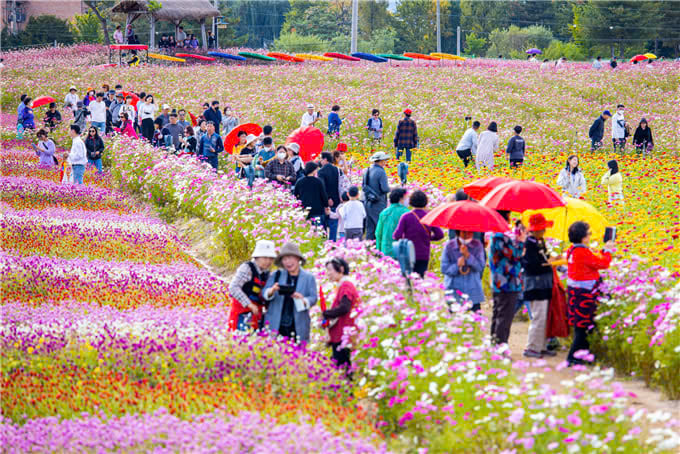
Tourists visit the Goseokjeong Flower Garden in Cheowron County, Gwangwon Province. Photo: Cheowrongun.
According to the Vietnam National Administration of Tourism, in 2023, around 6 million visitors participated in domestic agricultural tourism tours, accounting for about 12% of total domestic tourism. The average spending of tourists on agricultural tourism activities is approximately VND 5-7 million per person per trip. Agricultural tourism tours have developed strongly, especially in the Northwest, Central Highlands, and Mekong Delta regions, with an annual growth rate of 10% to 15%.
Although rural tourism in Vietnam is still in its early stages, the potential is immense. Vietnam needs to enhance sustainable tourism policies to ensure that rural tourism not only brings economic benefits but also helps protect the environment and preserve the traditional cultural values of rural areas. To promote rural tourism, Vietnam can refer to Japan’s community-driven development model and South Korea’s focus on community involvement.
Some solutions that can be implemented include
Encouraging agricultural tourism combined with cultural preservation: Tourists can participate in activities such as harvesting agricultural products, making handicrafts, and learning about organic farming.
Developing the Farm Stay model and rural communities: Creating rural accommodation models to help tourists integrate into the local lifestyle.
Strengthening collaboration with local communities: Incorporating community strength into rural tourism development strategies, allowing farmers and local organizations to participate in planning and implementing tourism activities.
Investing in infrastructure and promoting rural tourism: Improving transportation systems, accommodation services, and tourism facilities to enhance the visitor experience.
The rural tourism model in Hokkaido, with its focus on community strength, has yielded encouraging results. South Korea takes a more comprehensive approach with strong government intervention. Vietnam can refer to these strategies to develop sustainable rural tourism, helping to address its challenges.
Translated by Kieu Chi
![Multi-channel, multi-directional Vietnamese agricultural markets: [7] Deep processing makes global reach easy](https://t.ex-cdn.com/nongnghiepmoitruong.vn/608w/files/huytd/2025/05/16/2946-che-bien-sau-chia-khoa-vang-nang-tam-nong-san-viet-tren-ban-do-the-gioi-080603_110-093858.jpg)
(VAN) The application of deep processing technology is helping Vietnamese agricultural products enhance their value, create competitive advantages, and open doors to conquer global consumers.
![Multi-channel, multi-directional Vietnamese agricultural markets: [6] Agri products go online](https://t.ex-cdn.com/nongnghiepmoitruong.vn/608w/files/content/2024/12/10/1-113313_954.jpg)
(VAN) Bringing agri products onto e-commerce platforms is an effective way to build a brand that many businesses, cooperatives, and agricultural production households are doing.

(VAN) Veterinary training should focus on quality, not just quantity. Veterinarians also need more options to pursue specialized training.
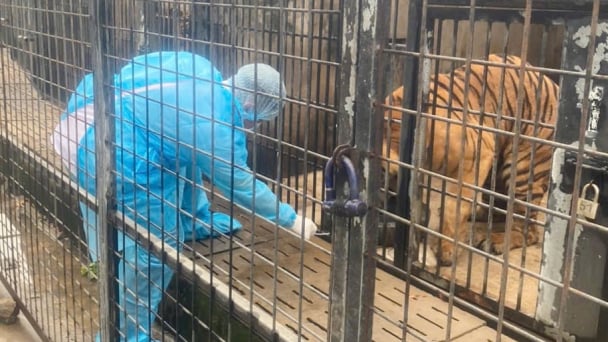
(VAN) The veterinary industry needs to be viewed objectively and further invested in to properly demonstrate its role and importance in the new context.

(VAN) The number of veterinarians graduating each year is not enough to meet actual needs, hence a difficult problem for the growing livestock industry.
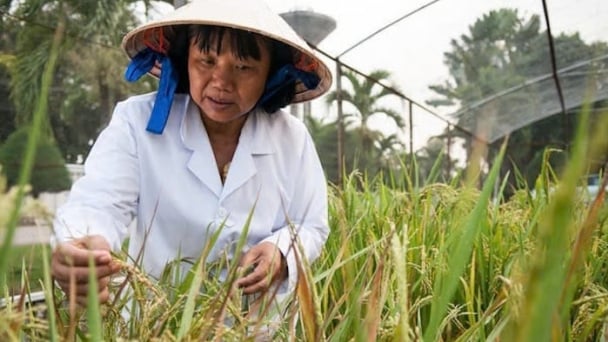
(VAN) The strategic partnership between Cambodia, the Philippines, Vietnam, and CGIAR ensures that innovative solutions effectively address national priorities for food system development.
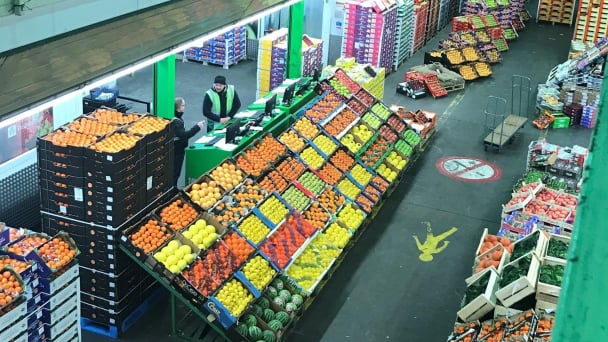
(VAN) This was affirmed by the UK Minister of State at the Department for Environment, Food and Rural Affairs during a working session with Deputy Minister Tran Thanh Nam on May 13.